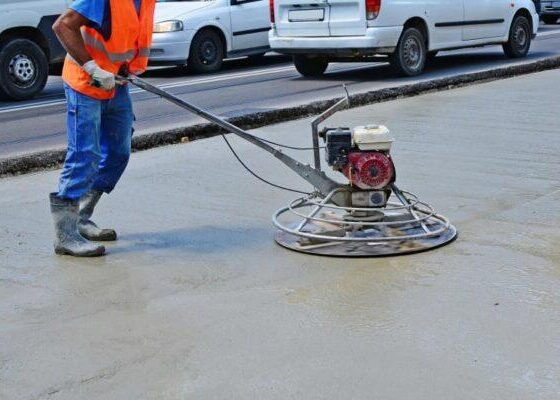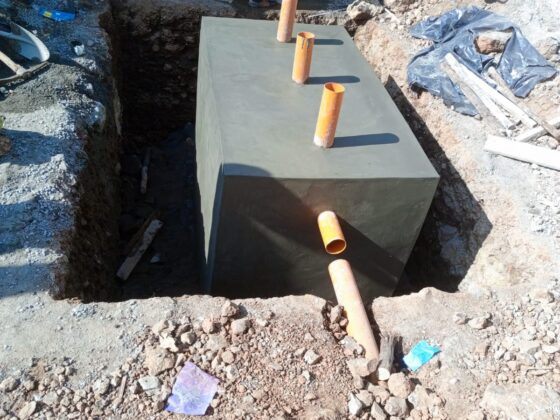Has the rainy season brought to your attention a roof leakage? Don’t worry as leaking roofs can be fixed easily. Here are some of the most typical problems and how to solve them.
1. Loose roofing screws. This happens when the roof is not held firmly by the screw and washer. It could also be that the hole is wider than the screw. To solve this, identify the location of the leak and seal the hole with structural silicon or other appropriate sealant and where possible ensure the screws are well inserted.

2. Screws are too tight on the roof. This is caused by overtightened screws that cause a localised depression which can lead to pooling of rain water and leakage.If this is the case, the screw shoul be losened.
Screws can also lack washers which help prevent the ingress of water into the roof. Always ensure you use the appropriate screws when doing roofing.
3. Inappropriate ridge caps. Different roofing profiles take different types of ridge caps. When installing these, ensure that the roofing profile is matched with the correct ridge cap to prevent water from blowing up the ridge line.
4. Slope is too gentle. Where the slope of the roof is generally flat, less than 10 degree slope. It is advisable to use continuous length roofing sheet. If your roof is leaking at the joints due to a gentle slope, consider changing the roof sheeting to custom length continuous sheets.

5. Recommended overlap. Manufacturers provide the appropriate overlap for roofing depending on the roof profile. If the roof leakage is caused by reduced overlap, the roof may need to be re-installed.
6. Holes on the roofing sheet. It could happen that the roofing sheets have a defect from the factory. In this case appropriate sealants can be applied to these holes. Note that these are best applied when the roof is dry for best results.
I hope this read has been useful. Build wisely!








